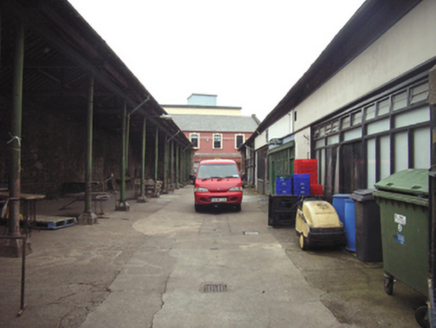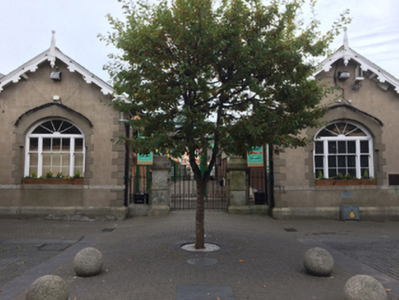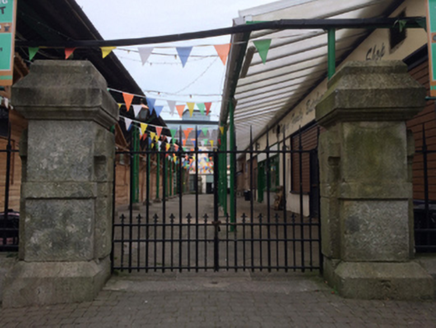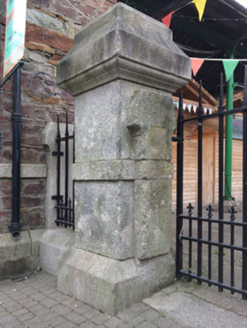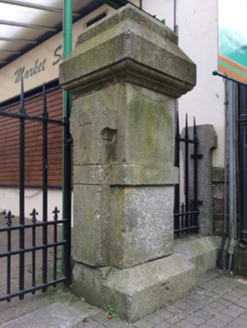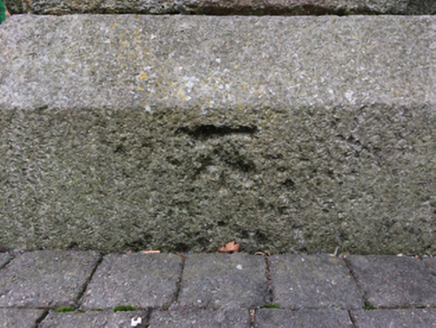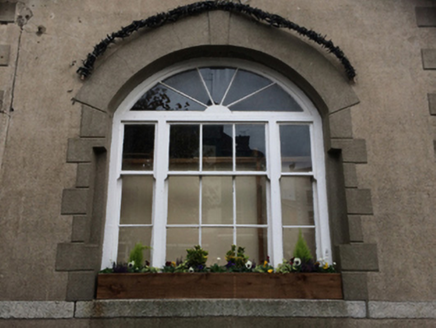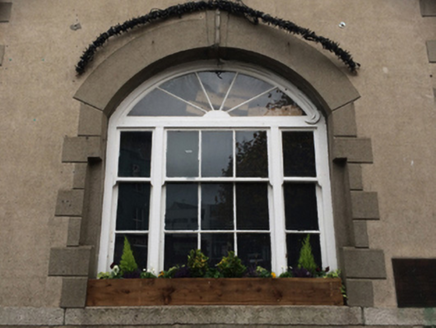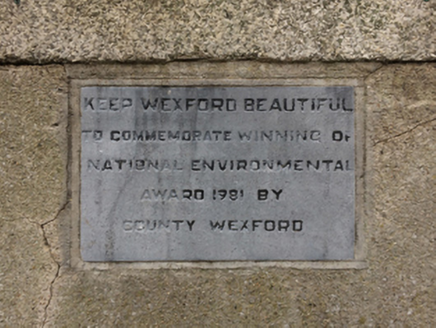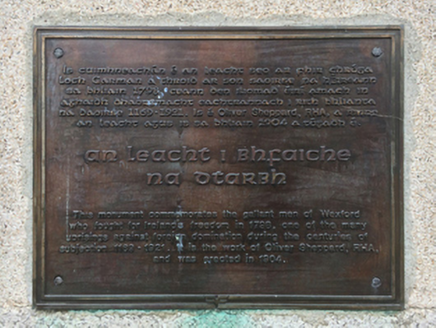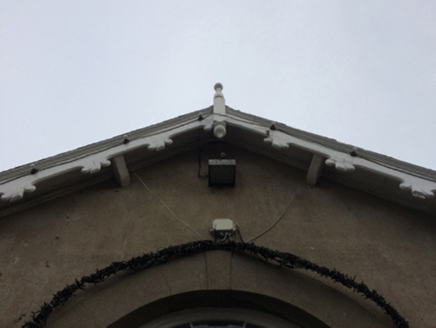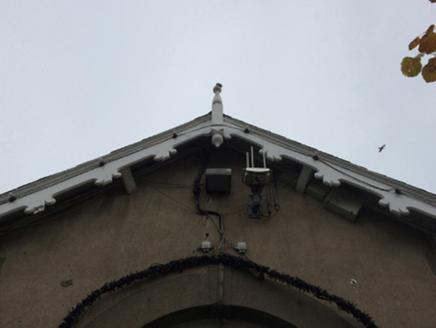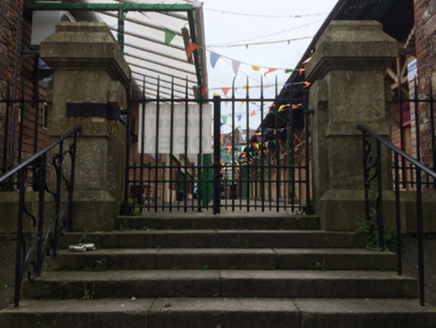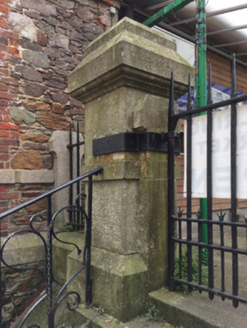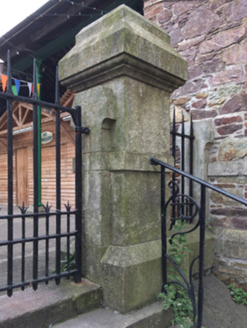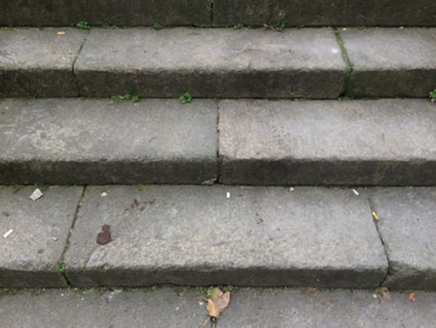Survey Data
Reg No
15503024
Rating
Regional
Categories of Special Interest
Architectural, Scientific, Technical
Previous Name
New Markets
Original Use
Market place
In Use As
Market place
Date
1870 - 1875
Coordinates
304881, 121987
Date Recorded
16/06/2005
Date Updated
--/--/--
Description
Market place, built 1871, including: Pair of single-bay (twelve-bay deep) single-storey gabled-fronted wings on rectangular plans. Pitched (gable-fronted) slate roofs on strutted King post timber construction on timber beams on cast-iron pillars on cut-granite chamfered plinths, lichen-covered roll moulded clay ridge tiles, decorative timber bargeboards to gables on timber purlins with timber finials to apexes, and cast-iron rainwater goods on timber eaves boards on exposed timber rafters retaining cast-iron downpipes. Rendered, ruled and lined coursed rubble stone walls on cut-granite chamfered cushion course on rendered plinth with rusticated rendered quoins to corners. Segmental-headed window openings in tripartite arrangement with cut-granite flush sill courses, timber mullions supporting timber transoms, and rusticated rendered block-and-start surrounds centred on keystones framing three-over-six timber sash windows having one-over-two sidelights below fanlights. Square fronted with cut-granite piers to perimeter on benchmark-inscribed cut-granite chamfered plinths having cut-granite capping supporting wrought iron railings.
Appraisal
A market place erected by Timothy O'Connor (d. 1881) representing an important component of the later nineteenth-century built heritage of Wexford with the architectural value of the composition, one erected by Wexford Corporation at a cost of £1,000 in an attempt to centralise the trade in perishable goods, confirmed by such attributes as the pillared wings; the tripartite glazing patterns showing simple radial fanlights; and the decorative timber work embellishing the rooflines. Having been reasonably well maintained, the elementary form and massing survive intact together with substantial quantities of the original fabric, thus upholding the character or integrity of a market place making a pleasing visual statement in Bull Ring: meanwhile, a benchmark remains of additional interest for the connections with cartography and the preparation of maps by the Ordnance Survey (established 1824).
